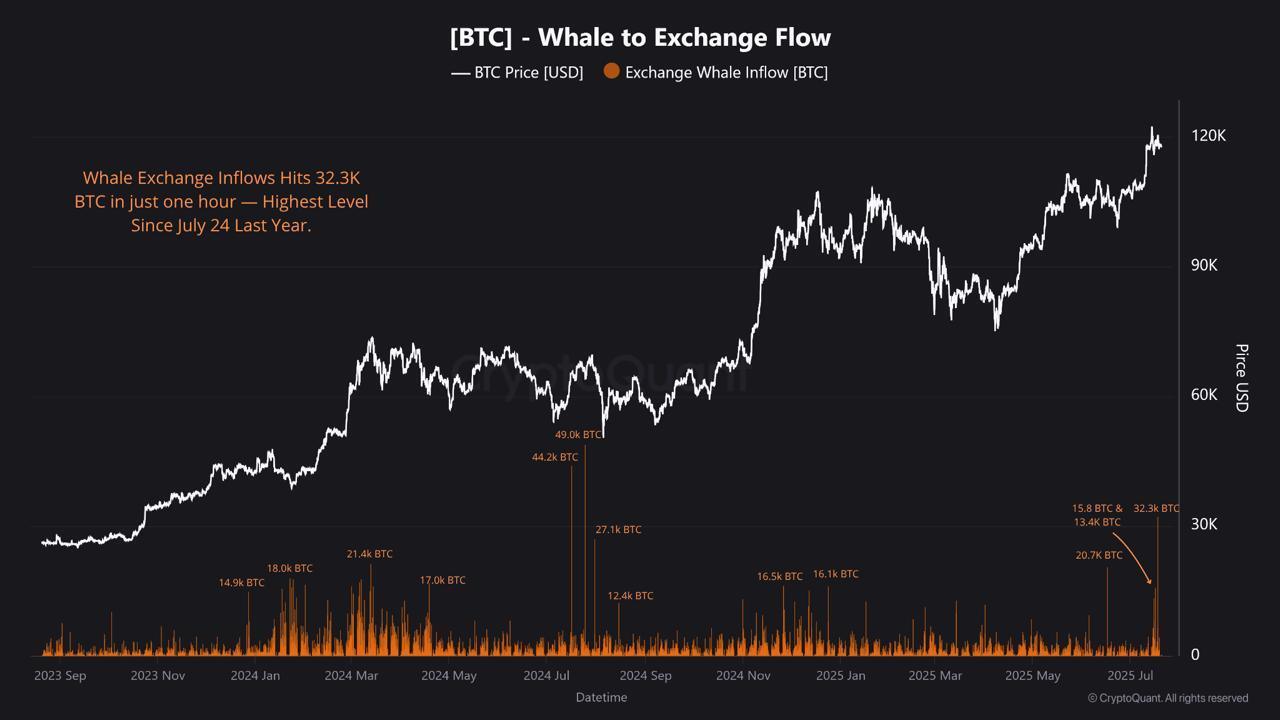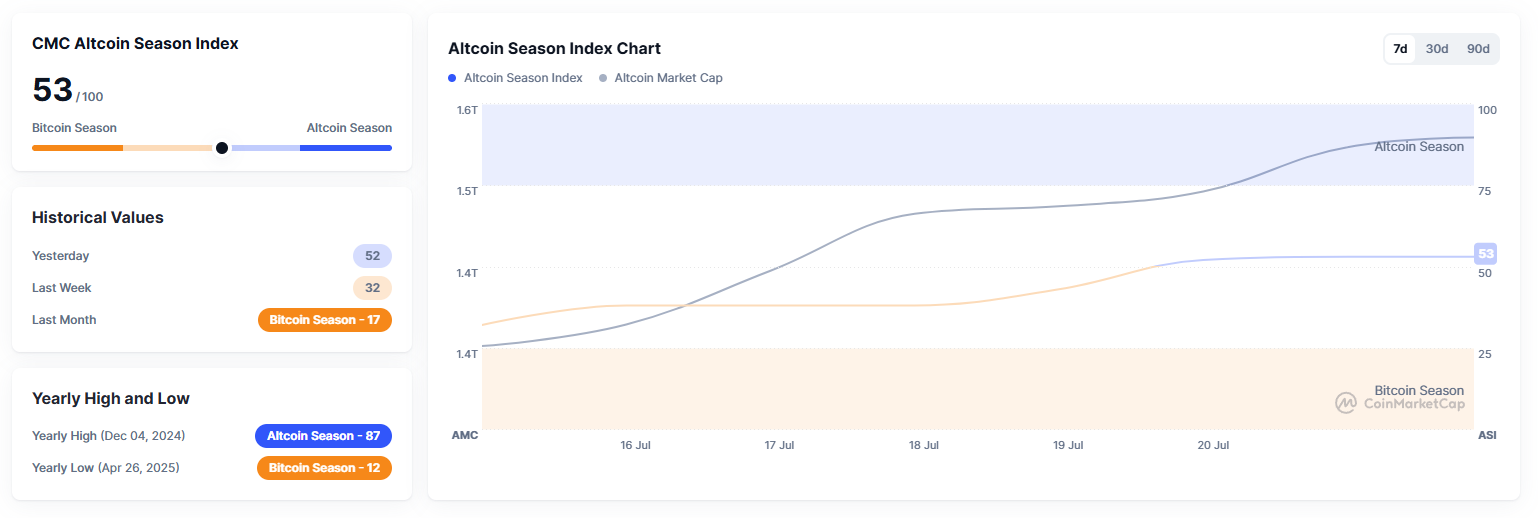XRP has been struggling to make any significant upward movement, with its price failing to breach a crucial resistance level. Despite attempts at recovery, the altcoin remains stuck, with no sustainable progress beyond the $2.56 barrier.
The drastic drop in circulation is worsening the situation, signaling a lack of investor activity and growing market concern.
XRP Loses Interest
The circulation of XRP has seen a sharp decline, with its velocity falling to a five-year low. This metric, which tracks the rate at which XRP is transacted, has not been this low since January 2020. A drop in circulation often reflects investor hesitation, as less movement indicates a lack of confidence in the market.
This low velocity is a negative sign for XRP, suggesting that holders are not actively moving their assets. It points to a sense of bearishness in the market, as investors are reluctant to trade or engage with the asset. The absence of significant transaction activity further indicates that XRP may struggle to break out of its current rut without a shift in sentiment.
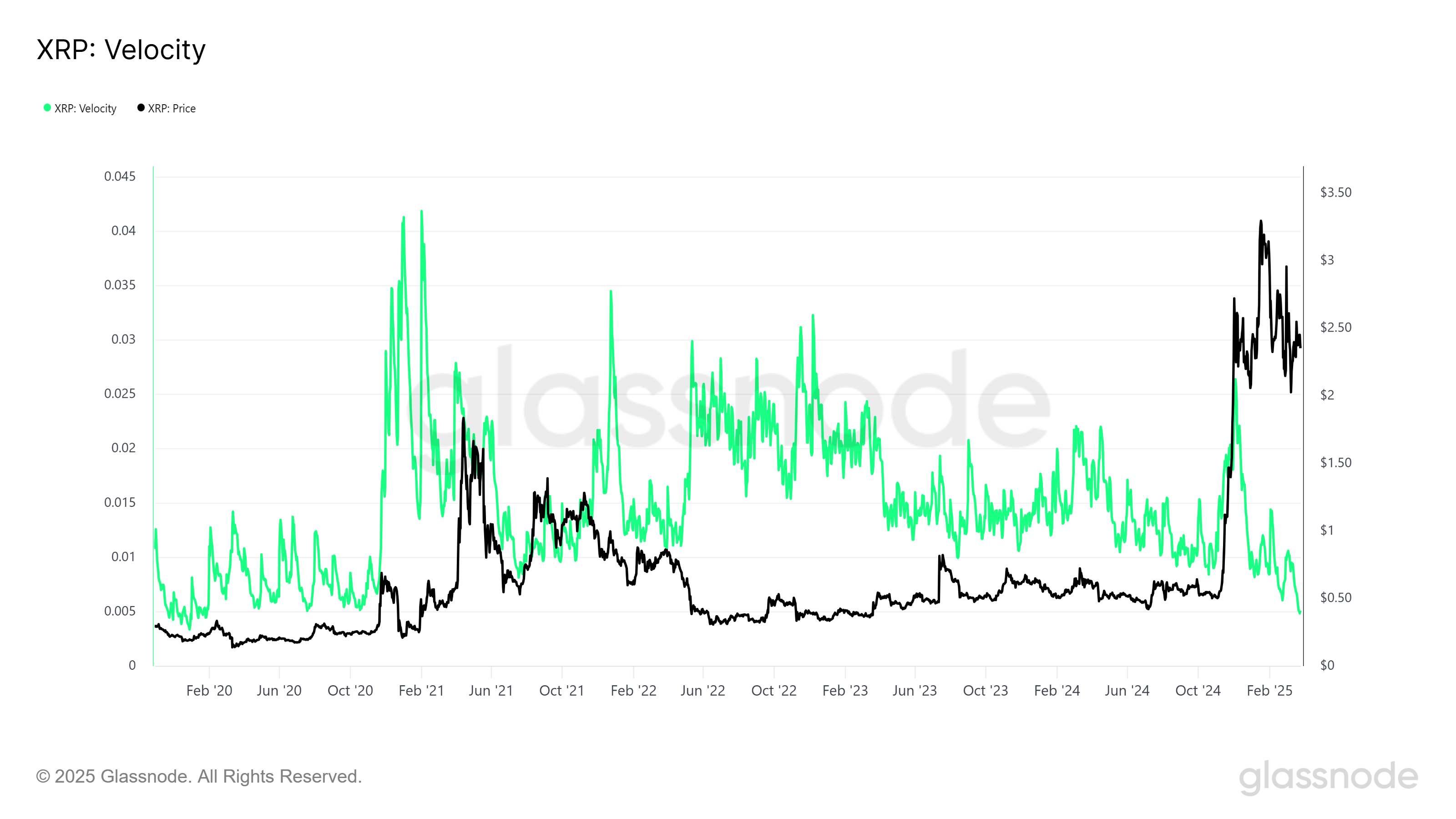
XRP’s macro momentum is not showing signs of strength, with technical indicators reflecting the overall market sentiment. The Chaikin Money Flow (CMF) for XRP has dropped to a four-month low, remaining below the zero line and signaling bearishness. This suggests that investors are unwilling to invest more money in XRP due to the current market conditions.
The CMF being in the negative zone indicates that buying pressure is lacking and that holders are not injecting capital into the asset. This weak investor confidence could continue to hinder XRP’s potential for a rebound, making it more challenging to regain upward momentum in the near future.
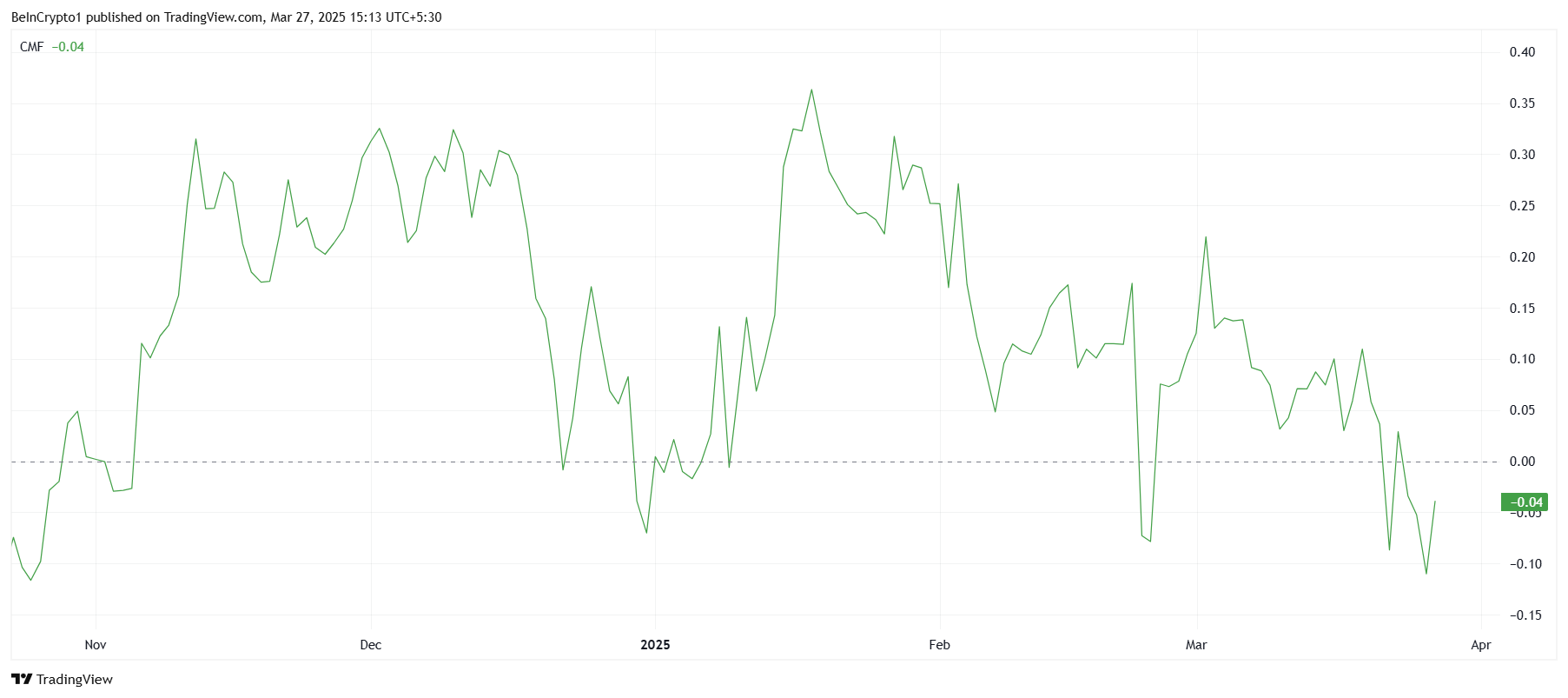
Cam XRP Price Bounce Back?
XRP’s price is currently at $2.36, and it is unable to break through the critical $2.56 resistance level. This resistance has been a significant barrier for the altcoin in the past, and it continues to act as a strong point of contention. Until XRP can successfully breach this level, the altcoin is unlikely to sustain any meaningful rally.
Given the current market conditions and declining circulation, XRP is not expected to breach the $2.56 resistance anytime soon. Instead, it could face a drop toward $2.27 or potentially lower to $2.14. This could extend the consolidation phase, erasing some of the recent gains made by the altcoin.
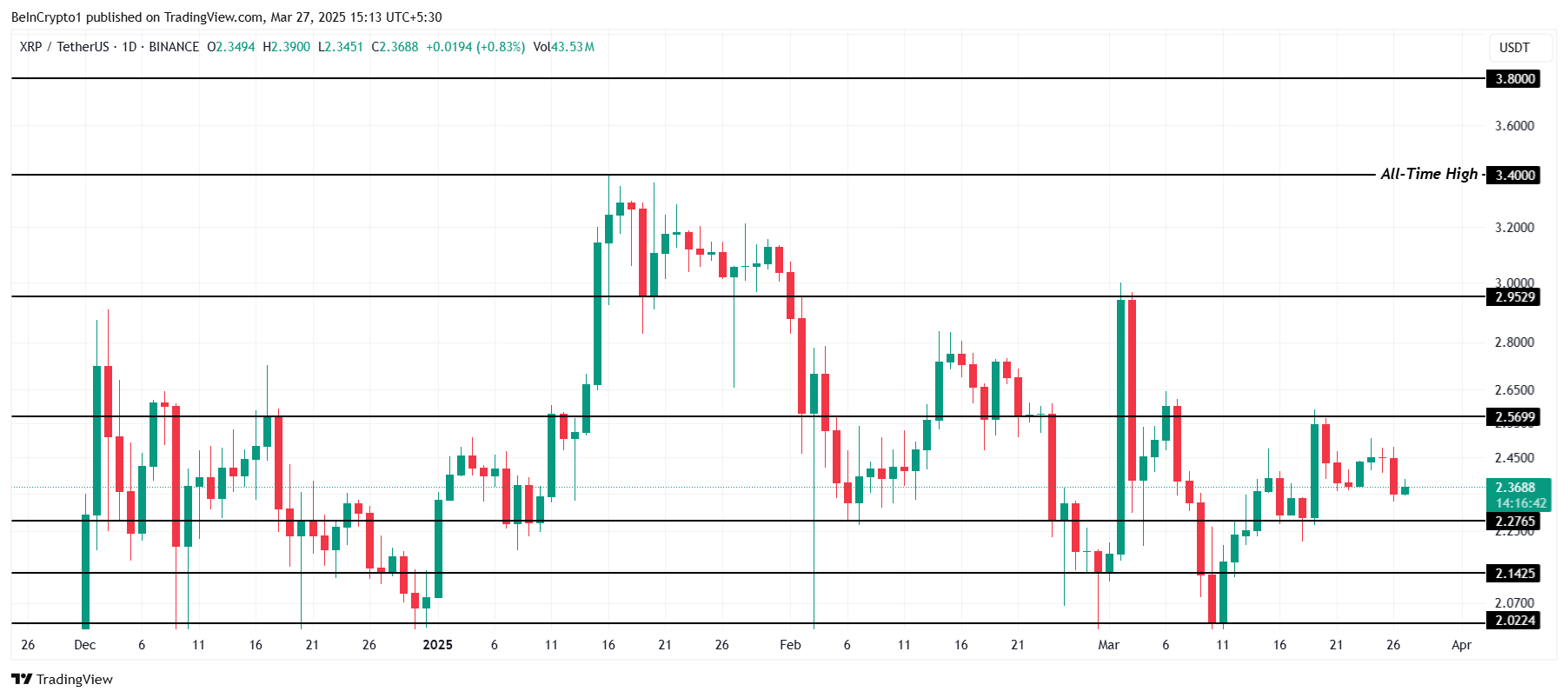
The only way to invalidate this bearish outlook is for XRP to break through and flip the $2.56 resistance into support. If successful, XRP could rise towards $3.00, recovering some of the losses from earlier in the year. However, this would require a significant shift in investor sentiment and broader market conditions to support such a move.
The post XRP Circulation Hits 5-Year Low; Price Fails To Clear Key Barrier appeared first on BeInCrypto.





